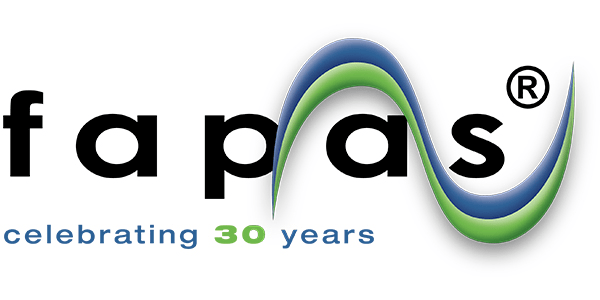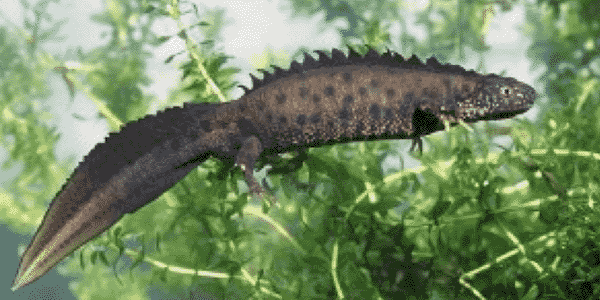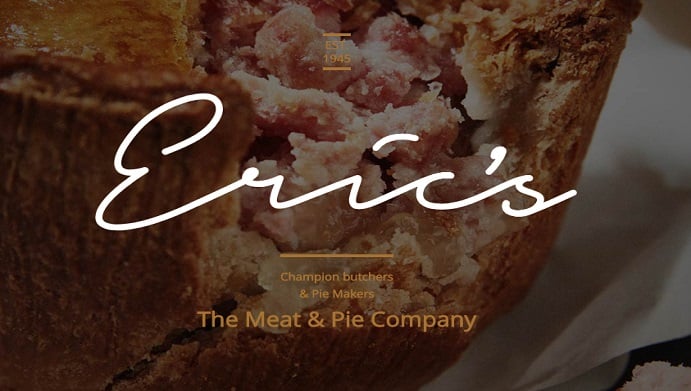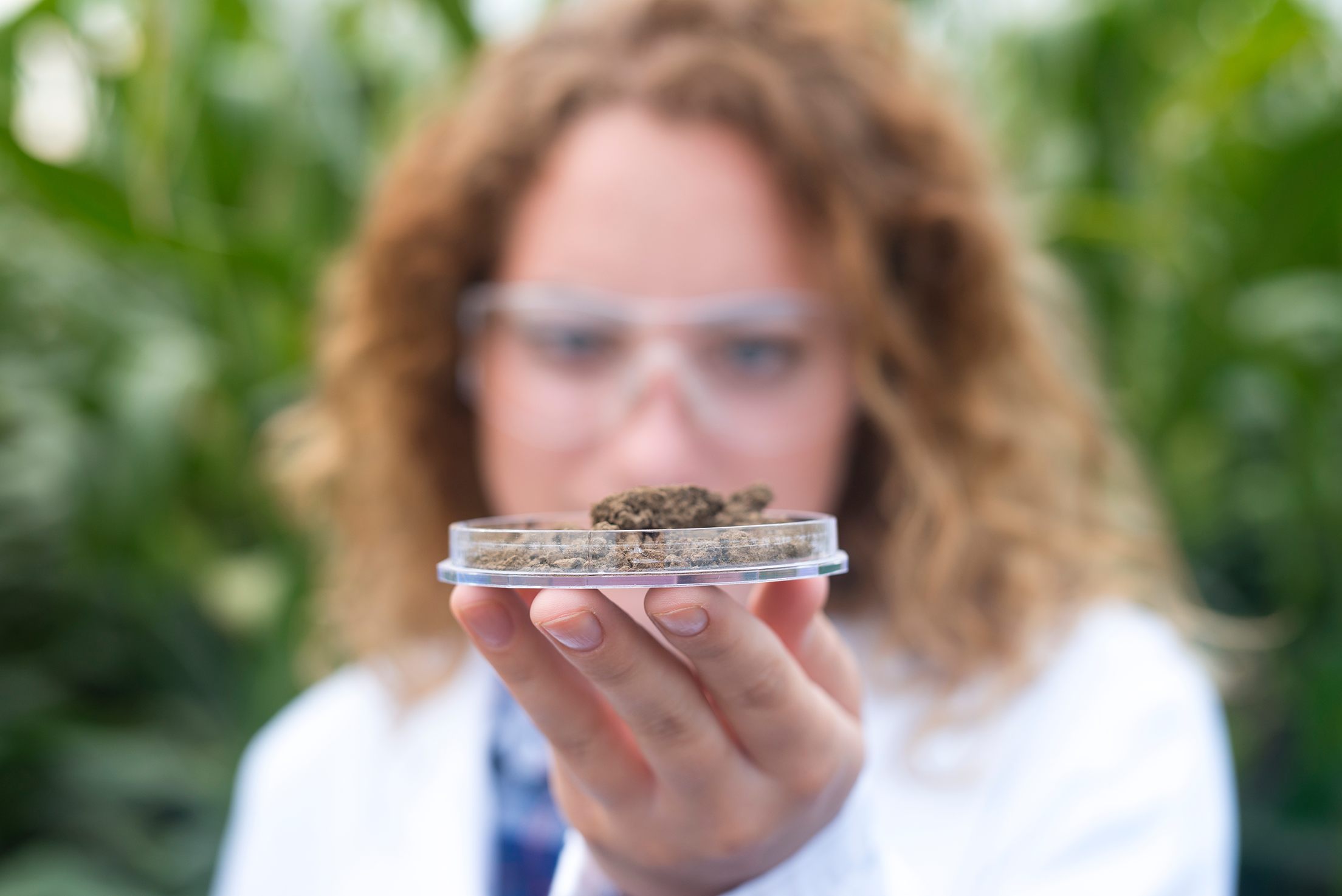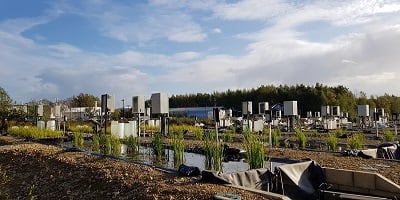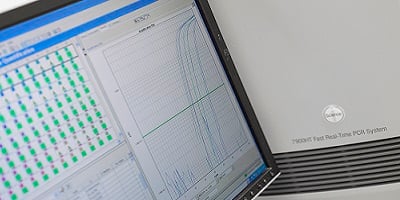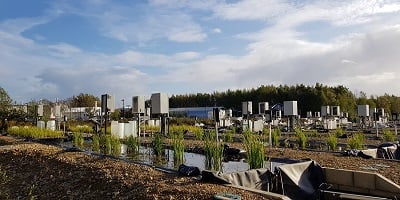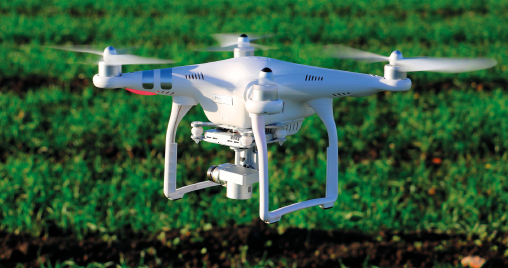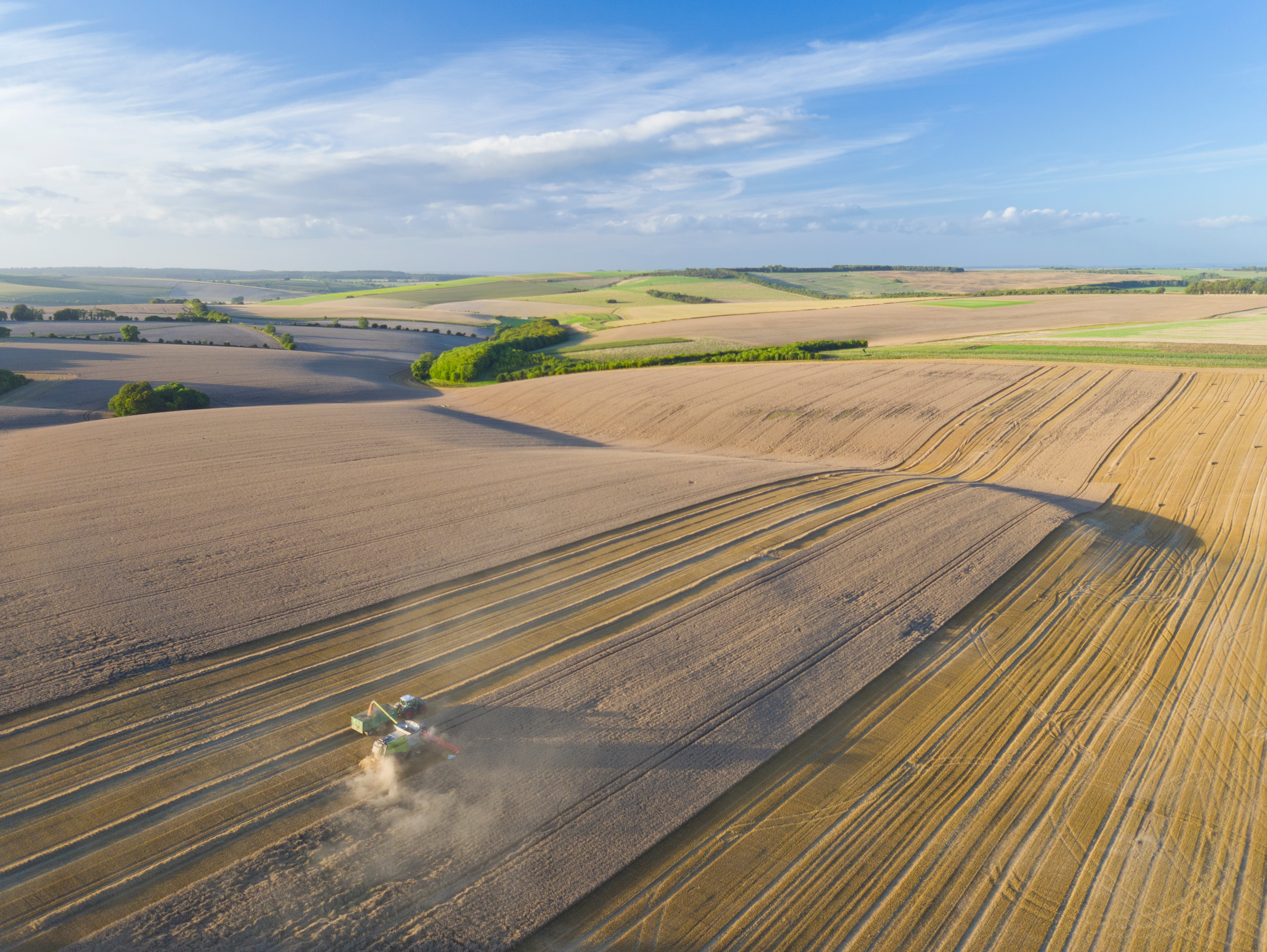Harnessing the potential of insect bioconversion for farming and horticulture
The UK’s National Farmers Union (NFU) has the ambition to achieve net zero emissions for UK agriculture by 2024, and highlights the fact that agriculture is uniquely placed to be part of the solution to climate change, by reducing emission sources and acting as a sink for carbon. Many farmers have already started the journey towards net zero by taking action to identify ways in which they can make their practices more sustainable. Any uplift in the sustainability of individual farming and horticulture practices will have a positive effect throughout the supply chain.
One novel technology poised to help deliver that uplift is insect bioconversion (IB) and Fera Science Ltd hosted a webinar earlier this year to widen the conversation and discuss IB's potential, not only for the UK, but wider afield. The technology's dual ability to produce protein for inclusion in animal feed and create a co-product with potential as fertiliser and soil improver were top of the agenda for the webinar.
Jess Barker, Business Development Manager at Fera opened the conversation by saying that IB has the potential “to transform our food system by producing feed for livestock with less resources by creating a domestically produced source of sustainable protein.”
Dr Maureen Wakefield, Principal Scientist, Entomology, at Fera confirmed IB’s potential to upcycle nutrients from specific waste streams into other products, which can all be used in a circular system. Dr Wakefield continued with a description of the IB process.
“IB is the process by which insects such as black soldier fly or yellow mealworm are raised on a substrate to produce larvae which are either fed live to poultry for example - or processed to extract products such as insect protein, fats and chitin. A co-product from the IB process, known as frass, has great potential as a fertiliser and soil improver across farming and horticulture systems.”
There are a number of significant and specific ways in which IB has the potential to enhance more sustainable farming practices.
Reduce the reliance on imports of soy for animal feed.
The global appetite for animal products is immense, with approximately 83 billion farm animals reared and slaughtered annually for human consumption[1]. Growing the feed to support this demand requires huge land and water resources, in particular for soy, of which 75% imported is used for animal feed. The large-scale farming of soy is known to be a key climate change factor through deforestation and habitat conversion across critical ecosystems. The UK has a significant soy footprint, importing approximately 3.5 million tonnes of soy per annum[2].
used for animal feed. The large-scale farming of soy is known to be a key climate change factor through deforestation and habitat conversion across critical ecosystems. The UK has a significant soy footprint, importing approximately 3.5 million tonnes of soy per annum[2].
To increase environmental sustainability, alternative sources of scalable protein need to be identified. IB has the potential to help the farming sector improve their sustainability by creating a source of domestically produced protein through the valorisation of specific waste products.
Jess Barker confirmed that there is “a strong line of evidence around the sustainability credentials of insect protein versus other protein sources used such as soy.”
Importantly, evidence shows that most consumers understand that poultry, pigs and fish naturally consume insects, so it is seen as natural to add insect protein to their diet.
Reduce and valorise farm waste
Reducing the volume of waste produced in farming and horticultural operations is a key opportunity to reduce environmental impact and improve sustainability profiles and IB has the potential to help achieve that goal. In the UK it is currently only permitted to raise insects on materials of non-animal origin and some products of animal origin such as milk, eggs and their products. However, if legislation allowed, there are many waste sources on farms that could potentially be valorised by the process of IB.
In support of this, Fera has recently been commissioned by the Food Standards Agency (FSA) to undertake a study investigating the safety of insect products produced on currently non- permitted substrates. A widening of the allowed types could provide further opportunities for the farming sector to embrace IB. The FSA research is currently underway with the eagerly awaited results expected by the end of 2023.
It is now understood that the type of substrate used for IB is not only extremely important for the optimal development of insects and the ultimate composition of insect products but also, on the whole environmental sustainability of the IB process. The type of substrate used heavily influences the overall Life Cycle Assessment (LCA) of the process from a sustainability perspective.
Improve soil quality and plant health
Many farmers and horticulturalists understand the need to reduce reliance on synthetic fertilisers and are thus looking for more sustainable, and ideally cheaper, options for fertilising and improving their soil quality. Research indicates that the residue and co-product of IB, known as frass, has the potential to fulfil this role. Frass contains residues from the waste streams on which the insects have been raised, valuable plant nutrients and other compounds derived from the growing larvae, giving it high potential value as a soil improver and plant fertiliser.
nutrients and other compounds derived from the growing larvae, giving it high potential value as a soil improver and plant fertiliser.
Maureen Wakefield confirmed that research is demonstrating the special qualities of frass during the recent Fera webinar:
“Global research into the interaction between plants, frass and soil has shown that frass has biostimulant properties and even biopesticide properties.”
The nutrient content of frass is dependent on the type of substrate used for IB and as most vegetal food waste has a low nutrient content the frass produced may have a correspondingly low nutrient content. Field and pot trials have shown good plant performance with the use of frass, but the application rate needs to be determined and can also be dependent on the species of insect used in the IB process as well as the substrate. The amount of frass currently produced in the UK is small, but the market is anticipated to grow as production of insect protein increases both in the UK and globally.
During the webinar Rob Lillywhite, Associate Professor, University of Warwick, a partner together with Fera in the currently running Innovate UK funded research project The Insectrial Revolution said:
“Almost one million tonnes of insect protein will be produced in the EU by 2030 generating 3-5 million tonnes of frass. So, the development of a market for frass is arguably as important as developing a market for insect protein.”
IB complementing established waste technologies such as Anaerobic Digestion (AD)
During the webinar, Rob Lillywhite raised the additional prospect of IB 'adding value' to current AD systems, which are in widespread use. There is potential for IB to work alongside AD to maximise the value of farm waste streams through improved segregation. This could identify the optimum route for each stream, that is, which should go straight to animal feed, which materials might be more suited to AD and those that would be most suitable for IB.
For example, AD could be first utilised to produce a nutrient rich digest which could be further valorised as a substrate for IB, the residual frass could be processed through AD. Any heat output from the AD process could be used to provide energy for IB and to produce additional products. Thus, there is an as yet untapped opportunity to integrate the two technologies to maximise outputs from farm waste.
Improve the health and welfare of farmed poultry within a circular system
Better Origin, represented during the Fera webinar by Ifan Huws, are on a mission to use insects to circularise the food supply chain. This is achieved by reducing emissions, eliminating waste and increasing sustainable practice in poultry farming whilst working within current UK regulations regarding the use of farmed insects as feed.
A leased, on-site circular system in the form of a shipping container provides live larvae for direct feeding to poultry. The insects are fed on waste materials obtained in partnership with food waste companies, retailers and farmers. Feeding hens with the live larvae reduces reliance on soy protein and helps recreate the hen’s natural feeding process. Benefits have been shown to include reduced mortality, increased weight and condition scores.
soy protein and helps recreate the hen’s natural feeding process. Benefits have been shown to include reduced mortality, increased weight and condition scores.
Ifan Huws, Agri Development Manager at Better Origin described during the webinar how utilising IB on poultry farms to valorise waste, producing live larvae to feed hens improves the sustainability of this farming practice. Ifan said that their circular system delivers a “Golden overlap of increased welfare and sustainability so everyone in the supply chain benefits.”
Specific and particular actions are required to ensure that the full potential of IB is harnessed to improve the sustainability of farming practice in the UK. First and foremost regulatory change is required.
Regulatory change
Current government legislation is identified as the main barrier to the scaling up of IB in the UK. Regulations currently only permit the use of processed animal protein (PAP) - including insect derived PAP - for pet food and aquaculture, limiting the markets in which insect protein can be sold. Legislation in the EU is further advanced with the feeding of insect PAP to poultry and pigs authorised in 2021, so there is the specific opportunity for the UK to follow suit. However, the type of waste materials that can be used as substrates on which to raise insects is restricted in both the UK and the EU, although as stated above, research is underway in the UK as well as in Europe to identify whether the use of other available substrates could be authorised.
Ionie-Lee Smallwood, Senior Consultant - Climate and Sustainability, ADAS, confirmed the need for legislation change to drive increased investment and thus change at scale.
“To scale-up insect production there is a strong requirement for increased investment and enabling policy conditions which will come through a revised legislative framework. Collaboration from all angles is required to accelerate growth, and thus realise the full potential of IB going forward.”
Industry collaboration in particular is required, supported by science and confirmatory research, to inform policy and provide evidence for consideration of changes to UK legislation pertaining to IB.
Additionally, further work needs to be undertaken on Life Cycle Assessments (LCAs) for IB and the products produced to provide data that can be used to compare it directly with other processes, thus helping to clearly define sustainability credentials. This approach could lead to the definition of carbon credits for IB, providing farmers and horticulturalists with USPs (unique selling points) for the marketing of their products and potentially for negotiating better financial deals.
Communicating benefits to support adoption of IB
As with all innovations it is vital to communicate effectively across all stakeholders, utilising current ‘live’ case studies coupled with data and impacts to help establish awareness, understanding and adoption. There is already rich content to communicate regarding the potential benefits of IB in wider terms of sustainability as well as specifics such as the benefits of domestic production, valorising waste and establishing circular principles.
Fera Science and its Insect Services is ready and able to advise on the main features of waste streams and the way forward with Insect Bioconversion and its applications for farming and horticultural operations.
For more information visit here.
Use this link to access the series of Fera webinars on Insect Bioconversion and the technology’s potential for different sectors.
----------------------------------------------------------------------------------------------
[1] World Animal Foundation - Article: The Toll of Human Activity on Wildlife
[2] The_future_of_feed_July_2021.pdf
